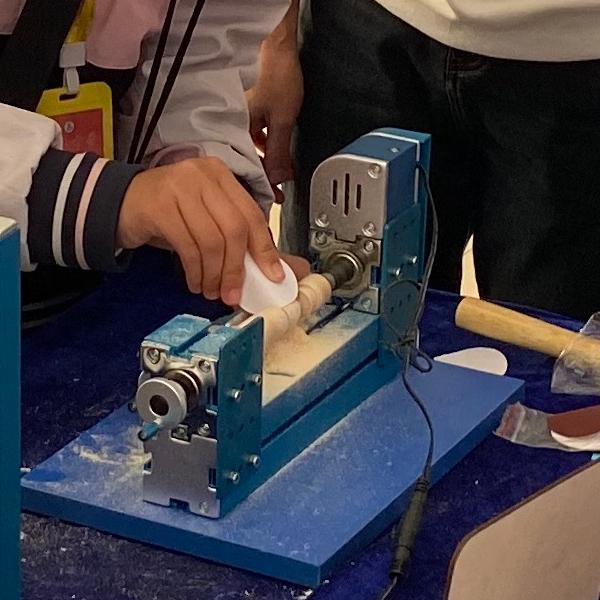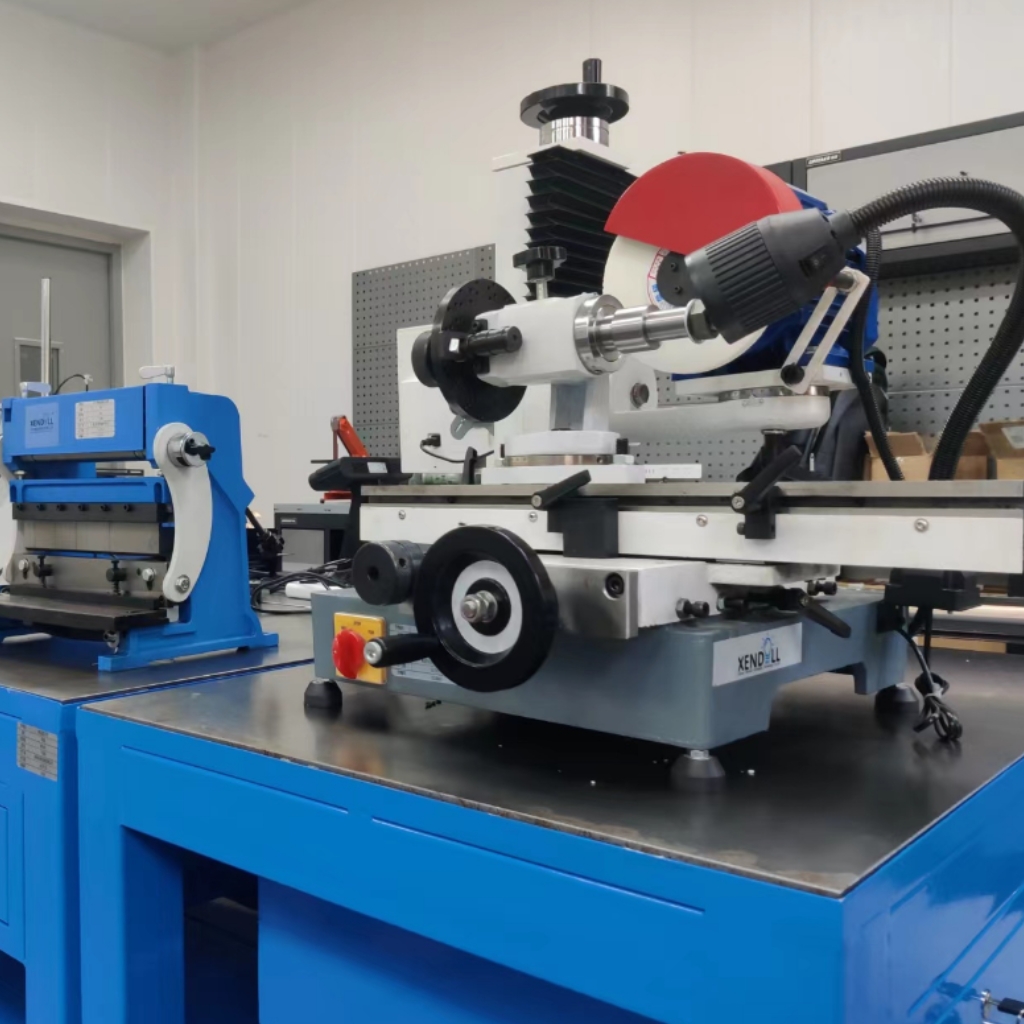Blog
Xendoll has 22 years of experience in the production of small machine tools. We will help you choose the suitable machine and share our experience in CNC machining with you.
 Oct 28, 2025
Oct 28, 2025

 306
306
For machining enthusiasts, educators, and industry professionals, understanding the components of a lathe is fundamental to mastering the art of turning. While the headstock, chuck, and cutting tool often steal the spotlight, numerous other parts work in harmony to create precise and repeatable results. One such critical, yet sometimes overlooked, component is the feed rod. If you've ever wondered about its role beyond the lead screw, you're in the right place. This article will demystify the purpose of the feed rod, explaining its vital functions and why it's indispensable for efficient lathe operation, especially on precision machines like those offered by Xendoll.

The Core Functions of the Lathe Feed Rod
The feed rod is a long, rotating shaft that runs parallel to the bed of the lathe, connecting the headstock to the carriage assembly. Its primary purpose is to transmit power to move the carriage (which holds the tool post) or the cross-slide automatically along the length of the workpiece. This automated movement is the key to consistency and efficiency. Let's break down its specific uses:
1. Enabling Automatic Longitudinal Feed for Turning Operations
The most common use of the feed rod is to provide the power for the carriage's movement along the bed. This is known as the longitudinal feed. When performing straight turning operations to reduce the diameter of a workpiece or to create a consistent cylindrical surface, manually moving the carriage is tedious and inconsistent. The feed rod automates this process, allowing for a smooth, continuous, and uniform cut. This results in a superior surface finish that is difficult to achieve by hand and is essential for producing parts with tight tolerances. For hobbyists using a Xendoll mini lathe, this feature is crucial for creating professional-quality projects with ease and repeatability.
2. Facilitating Automatic Cross Feed for Facing Operations
The feed rod's utility isn't limited to longitudinal movement. Through a series of gears and mechanisms, it also powers the cross-slide. The cross-slide moves the cutting tool perpendicular to the axis of the workpiece. This movement is used for facing operations—cutting the end of a workpiece to make it flat and square. Automatic cross feed ensures that the tool moves across the face of the workpiece at a consistent rate, producing a flat, smooth surface without any manual intervention. This is vital for ensuring that parts sit correctly in assemblies and for achieving a high-quality aesthetic finish.
3. Providing a Range of Feed Rates for Different Materials and Finishes
A key advantage of the feed rod is its ability to offer a selection of feed rates. By changing gears or adjusting settings, the operator can control how fast the carriage or cross-slide moves per revolution of the workpiece (measured in inches per revolution or millimeters per revolution). Choosing the correct feed rate is critical:
Roughing Cuts: A higher feed rate is used to remove material quickly, prioritizing efficiency over surface finish.
Finishing Cuts: A lower feed rate is used to remove a small amount of material, yielding a very smooth surface finish.
This versatility allows machinists to optimize their workflow, saving time on roughing operations and achieving the desired precision during finishing, a capability highly valued by mechanical and professional workshops alike.
4. Distinguishing from the Lead Screw: The Key to Versatility
It's important to distinguish the feed rod from the lead screw, as they are often located next to each other and can be confused. While the lead screw is designed specifically, and with high precision, for cutting threads, the feed rod is designed for general-purpose movement. Using the lead screw for all turning and facing operations would cause rapid wear on its accurately cut Acme threads, compromising its ability to cut precise threads. The feed rod, with its simpler, more robust mechanism, handles the day-to-day movement, preserving the accuracy of the lead screw for when it is truly needed. This separation of functions is a hallmark of a well-designed lathe, extending the machine's overall lifespan.

Conclusion: The Indispensable Role of the Feed Rod
In summary, the feed rod is far more than just a spinning shaft on a lathe. It is the driving force behind automated, consistent, and efficient machining operations. By providing powered longitudinal and cross feed, it liberates the operator from manual labor, ensures superior surface finishes, and enables precise control over material removal rates. Its role in protecting the precision of the lead screw further underscores its importance in the overall ecosystem of the lathe.
For anyone involved in machining—from overseas educational equipment dealers sourcing tools for schools to mechanical distributors supplying industry professionals—understanding the feed rod is key to appreciating the capabilities of a modern lathe. At Xendoll Tools, our mini are engineered with these fundamental principles in mind, ensuring that even compact machines deliver the functionality and precision required for serious work. By mastering components like the feed rod, you unlock the full potential of your equipment and elevate your machining projects to the next level.



 Show all our samples
Show all our samples
 Provide you with a free quote
Provide you with a free quote
 Answer all the questions you may have
Answer all the questions you may have
 Guided installation and other options
Guided installation and other options